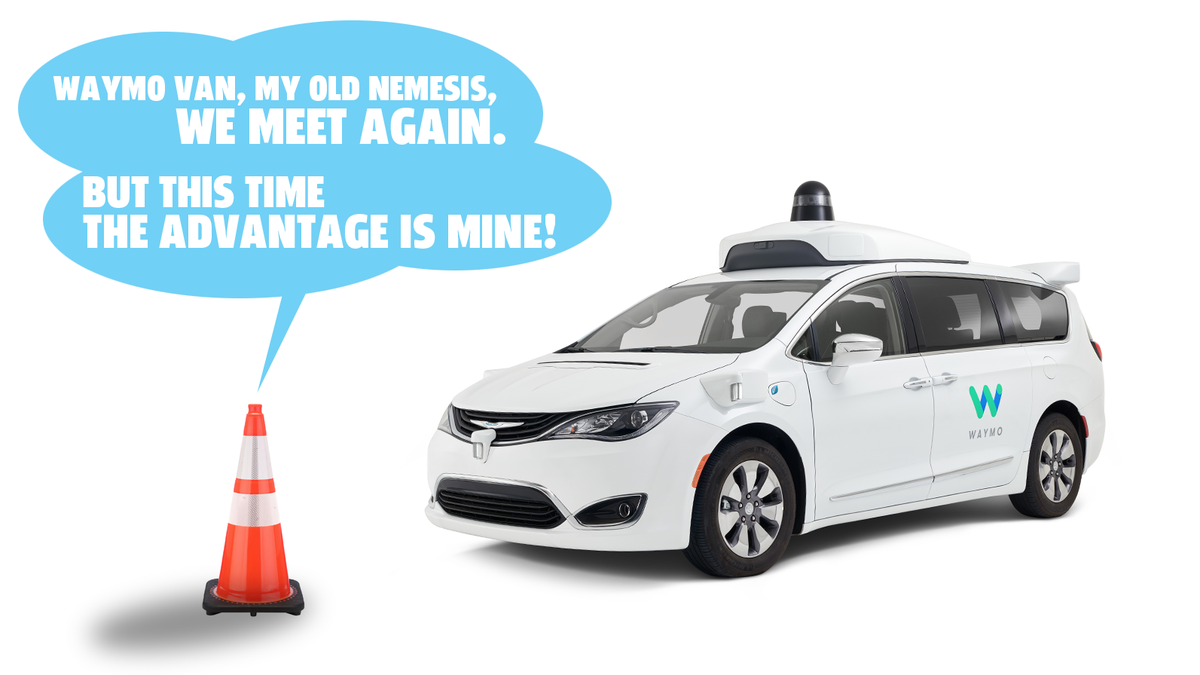We have to be careful using terms like "uncrashable". Uncrashable is fairly easy to achieve with an L2 system. Telsa could make a few tweaks to their FSD Beta code and become uncrashable. The problem is that uncrashable has to be in conjunction with performance and driver expectations.
10.69, when it was first released, was incredibly timid around pedestrians. If a ped even thought about moving towards the street from a sidewalk, the Tesla would brake. People got annoyed with it, even though we were told it would be very cautious around peds. As the new code was validated, and updates came out, the car got more confident around peds, though it's still more cautious than it used to be.
If FSD Beta was timid around everything, and braked for a falling maple leaf, it could easily be "uncrashable". I'm sure others would crash into the Tesla, but as you pointed out, those don't count. However, the "uncrashable" FSD Beta would be useless to drivers.
Getting a car to drive confidently, smoothly, safely, and never crash into anything is a hard task. As an L2 system, it's up to us drivers to disengage and take over when things aren't working well. Just like in the XPeng video where he needed to take over a few times.
I'd even argue that L2, by its very nature, can't be uncrashable. L2 means that the system can handle driving in some conditions, and a driver has to be able to intervene for the system when it cannot handle it correctly. L3 is more appropriate for uncrashable, as the system can handle driving in some conditions, and the driver is still there to intervene, but the system can handle situations better, and when it detects that it cannot handle something it warns the driver in advance that they will need to take over. L2 can alarm and the driver has to engage immediately. L3 can alarm and the driver has several seconds to engage.
As for Russell's comments:
Unlike Musk, Russell has said he believes a future with fully autonomous vehicles is decades away, calling himself "the chief autonomous vehicle skeptic" and saying there's always been an "assumption" that the issue of self-driving would be solved within the next few years.
"Even today, it's still not within grasp," Russell told Time. "There's no commercially viable business that's centered around all that."
He's chosen his words VERY carefully there. Waymo is operating full L4 vehicles in a few cities and expanding, so we're already seeing full AVs right now. However, those businesses are not turning a profit today, so when Russell says "no commercially viable business", he's hoping the reader thinks he means that autonomous driving is decades away, which it isn't.




